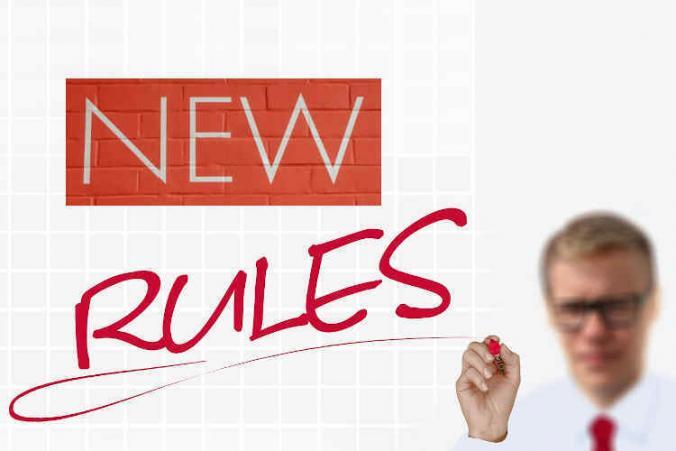Surveillance in an L&I claim is relatively common. In fact, work injury claimants encounter surveillance in both self-insured claims and state-funded L&I claims. It isn’t against the law. Private investigators usually conduct the surveillance. Moreover, they know exactly what they can and cannot do under the law.
Willful misrepresentation in a workers’ compensation claim
The Department of Labor and Industries (L&I) is the administrator for state-funded claims. Here, surveillance is more likely to occur after someone reports fraud relating to a work injury claim. For example, when a person receives workers’ compensation benefits but appears able to work. Another example is when the injured worker is working while collecting time loss compensation.
Under the Industrial Insurance Act, there is no such thing as fraud. There’s only willful misrepresentation. The relevant law for willful misrepresentation is RCW 51.32.240. In short, it’s willful misrepresentation to receive payments or other benefits in greater amounts than a person deserves. Simply put, it refers to making a false statement, misrepresentation, omission, or concealment of facts to deliberately obtain or increase benefits. Moreover, it also includes willful failure to disclose work-type activities.
L&I claim surveillance
Fraud isn’t part of the workers’ comp ecosystem in Washington State. However, the word “fraud” is a trigger to describe people that abuse or take advantage of the system. In fact, L&I encourages the public to report potential fraud. L&I takes these reports very seriously. For one, they built an entire fraud investigation unit. There, investigators frequently take statements and conduct surveillance. Hence, one of the easiest ways to “avoid” surveillance is to not give L&I reasons to suspect you.
Still, I’ve seen cases where people file reports against work injury claimants even when they’ve done nothing fraudulent. Luckily, surveillance in these instances reveals nothing more than workers trying to get through everyday life the best they can. Of course, I’ve also seen surveillance showing that an injured worker is lying about their injuries and limitations. I’m always very disheartened when I see blatant willful misrepresentation. This kind of behavior negatively impacts all workplace injury claimants.
Self-insured claims and surveillance
With self-insurance, there’s a third-party administrator (TPA) that manages the claim. In my experience, surveillance occurs much more frequently in self-insured claims. What’s more, third-party admins can request surveillance even when there’s no accusation of fraud. Many times, the surveillance is useless. Usually, the film shows workers doing nothing more than struggling to get in and out of cars. Or attending appointments and spending a lot of time at home. Consequently, we only find out about the surveillance later during the discovery phase when the case goes to litigation.
Workers’ compensation surveillance and bias
However, sometimes injured workers are surveilled doing normal things. For example, going for walks, grocery shopping, and taking out the garbage. I commonly watch tapes showing workers doing yard work, attending family outings, going out to eat, or walking their dog. Sometimes, attorneys or claim administrators share the footage with treating doctors and independent medical examiners (IME). They do it to demonstrate that the work injury claimant is more physically capable than they lead on.
Depending on the film, this can be very effective in getting doctors to ease up or even remove physical restrictions. Sometimes this is very appropriate. Yet, many times the surveillance video doesn’t present a complete picture. Often, it shows things out of context. This typically leads to significant disagreements and litigation. There’s no easy way to prevent surveillance in self-insured claims. Therefore, it’s always best to ensure that you are being open and truthful. Describe your abilities and limitations to doctors honestly.
Takeaways and final notes
To summarize, surveillance is a standard practice in L&I claims. It’s legal and it happens all the time. It’s common in both self-insured and state-funded claims. When surveillance reveals behavior that’s consistent with doctors’ reports, then nothing will come of it. However, there are cases when a work injury claimant engages in activity beyond what they report. In such instances, the claim manager will likely use the footage to terminate benefits. In particularly egregious cases, claim handlers will use the surveillance records to push for willful misrepresentation charges.
If you suffer an injury at work and have a claim – it’s best to assume that someone is watching you. Therefore, your outward behavior must match your reports. Finally, it’s important to be honest. Describe your workplace injury and limitations honestly to doctors. Report the injury conditions in simple words the best way you can and you’ll be fine.


